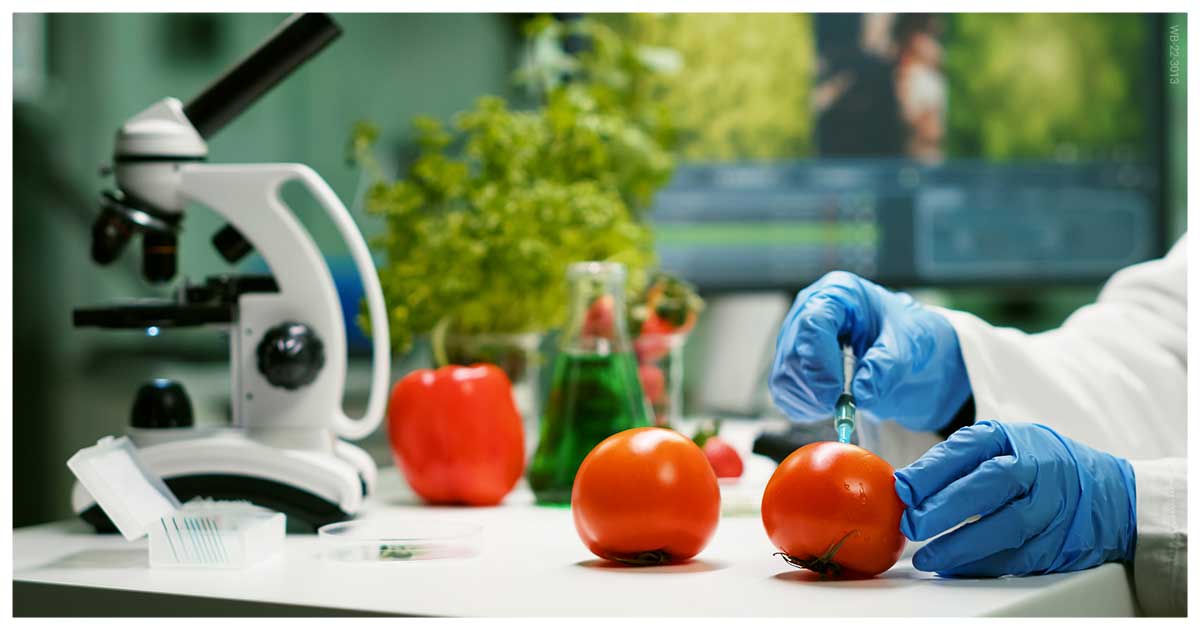FET Blogs





Dhivya S and Madhulekha Rakshit
Industry 4.0, which is referred to as the fourth industrial revolution, emphasizes automation as the key to production. 3D food printing has become a fundamental and automated aspect of food production and processing. Therefore, the issues such as printed food safety and the process of food printing will initially be confronted by customers. Let us discuss how 3D printing has revolutionized the food industry in a nutshell.
In general 3D printing is the additive process where a product is designed, coded, and then printed in three-dimensional form. In the 3D food printing manufacturing process, the ingredients are taken in the correct proportion and added to the cartridges, which are then extruded through the syringe in the coded ratio layer by layer. These filling ingredients are pre-heated for smooth flow and processing and maintained in the proper viscosity needed for shape retention. So, this type of manufacturing is the end of the fantasy.
3D printing was invented by a Japanese scientist in the 1980s. His design used a photosensitive resin whose polymerization was triggered by UV light. The technology was initially used by astronauts for space missions and later, products in puree or paste form were extruded and printed. So, the bakery and confectionary products come to the list first for 3D printing.
Companies like REM3DY Health, Natural Machines, etc., use 3D printers for their products. These are confectionery products that are flawless in terms of shape and color ratio, resulting in increased market share. All upcoming R&D ideas are keeping 3D printers as part of their novel product plans. Nutritionists use this technique to create and manufacture their products so they can maintain the right amount and healthier alternatives of raw material.
From the consumer’s point of view, 3D printed food products will be more attractive as they are customizable, artful, and intriguing. Bakers, for example, can produce their goods in less than 5 minutes with robots in the printers, allowing them to work faster and increase the value of their products. Extrusion-based printing (low viscous products), binder jetting (powdered form ingredients), and inkjet printing (surface decorating) are some of the types of printers available to producers. Depending on their needs, producers can choose one of these.
While discussing the advantages of 3D printing, their ability to design products that are complex, sophisticated, and difficult for a human to design is considered. Additionally, it offers the potential to completely automate food production processes, with substantial reductions in food waste. Some of these advantages are accompanied by disadvantages, such as it is not possible to print meat, fruit, vegetables, or rice by nature, so additives, such as hydrocolloids, are required to enable them to be extruded. Continual heating and cooling promote the growth of bacteria and fungi in food. However, the eco-friendly, sustainable and low waste generation characteristics of the 3D printed foods will make this technique successful in the future.
A1: Yes, 3D printers can create food like chocolate or pasta with food-safe materials.
A2: 3D printing organs is in research stages, not yet ready for transplants.
A3: Some 3D printing materials are food safe, but safety must be confirmed.
A4: Yes, 3D bioprinting is advancing to print skin for medical uses like grafts.